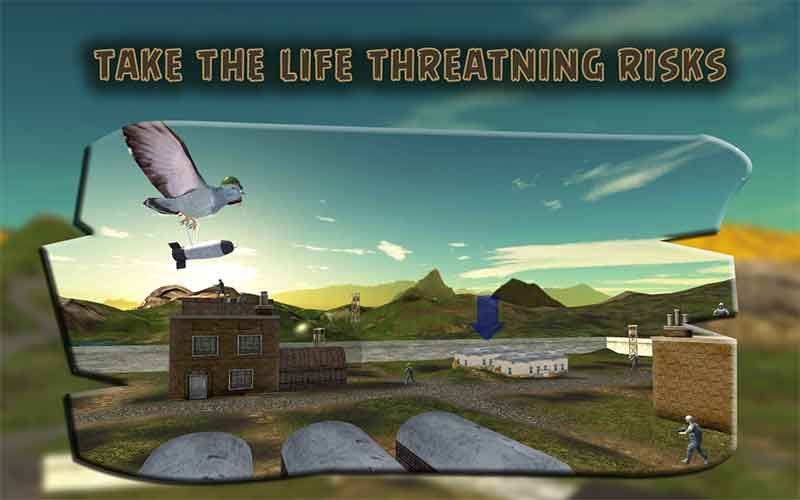Possible Pakistani pigeon-spy probed by Punjab Police - #WTFWednesday


On the evening of May 27th, a barber in the Indian town of Pathankot, near the border of Pakistan, decided he wanted to keep a pigeon as a pet. Never mind why, or how he caught it. Just imagine his surprise when he found writing under the bird’s left wing: a single-line stamp, written in Urdu, bearing the address of a town 12 miles to the west. In Pakistan.
Perhaps the address belonged to a like-minded bird-lover across the border who had caught the same bird earlier and merely wanted it to be returned in the event of recapture. Perhaps the previous owner thought the pigeon could read Urdu and helpfully wrote his home address on its wing in case it became lost during a long jaunt. Perhaps the bird wasn’t a Pakistani spy bird laden with top-secret cybernetic implants and nefarious instruments of biological warfare. “You can’t be too careful with pigeons”, the man must have thought, because the bird was quickly handed over to the authorities for inspection.
Police sent the captive bird to two veterinarians for a cavity search. After a series of scans and X-rays, both confirmed the bird did not appear to be transporting surveillance equipment. Authorities claim that if no evidence of espionage is discovered, the bird will continue to be fed and cared for on the premises.
The case of the spy pigeon has already garnered plenty of media attention, including plenty with a satirical bent. Pakistani game developers have taken a particular interest in the event, producing not one, not two, but sixteen different spy pigeon-themed games on the Android app store, including Spy Pigeon Bird Shooting, where you can shoot down enemy birds with a sniper rifle (for the anti-pigeon gamers).

If you’re pro-pigeon, take a look at Spy Pigeon-Secret Mission, in which you can bomb enemy bases as the notorious pigeon himself.

Should you run for the hills next time you see a pigeon? Considering the lack of evidence against the Pakistani spy bird…. probably not, unless you’re wearing a brand-new suit. But let’s hope the story doesn’t give real government surveillance operatives any ideas.
Thanks for reading this week's edition of #WTFWednesday, where we shed light on the world's weirdest surveillance news. If you think your friend's adorable budgie might be spying on them, then please be a good pal and share this story with them!
ExpressVPN’s #WTFWednesday brings you weird, shocking, and creepy stories about data privacy—pulled straight from the news. Think your privacy is yours? Think again. You will feel uncomfortable. You will be outraged. You will think, “WTF?!”
Like this post? Hate it? Read more horror stories about the invasion of your privacy in our #WTFWednesday archive. You know you can't resist...
Take the first step to protect yourself online. Try ExpressVPN risk-free.
Get ExpressVPN



